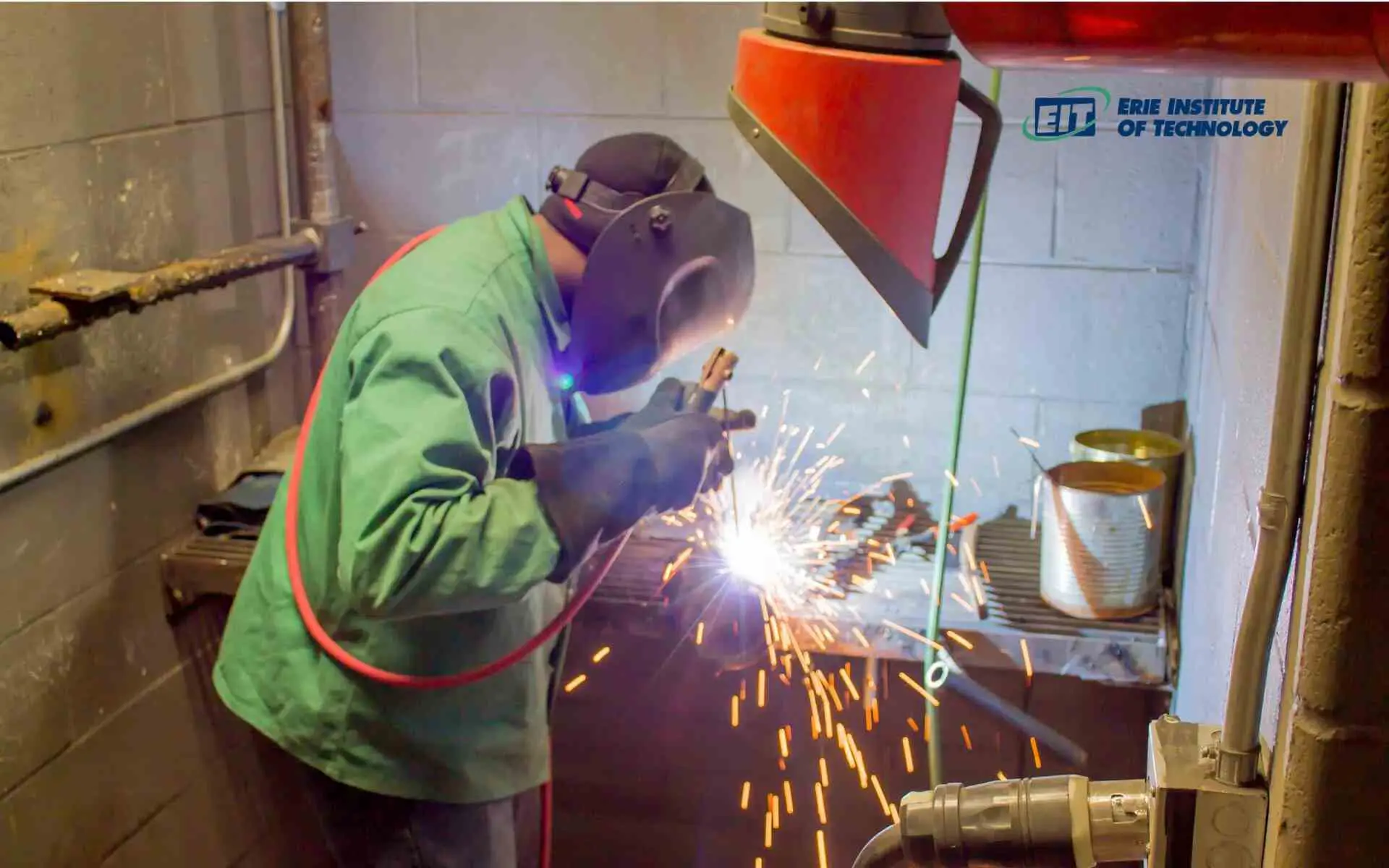Achieving Welding Quality: Unveiling the Secrets of WPS Implementation and Optimization
In the world of welding, accomplishing excellence is a quest that hinges on the thorough execution and optimization of Welding Treatment Requirements (WPS) By diving into the key components, methods, difficulties, and ideal methods connected with WPS, a world of welding quality awaits those who are prepared to discover its midsts.
Relevance of WPS in Welding
The Importance of Welding Treatment Specs (WPS) in the welding sector can not be overemphasized, serving as the backbone for making sure consistency, top quality, and safety in welding procedures. A WPS offers detailed guidelines on how welding is to be performed, consisting of necessary variables such as materials, welding procedures, joint layout, filler steels, preheat and interpass temperature levels, welding currents, voltages, traveling rates, and a lot more. By sticking to a well-defined WPS, welders can maintain uniformity in their job, resulting in consistent weld quality across different tasks.

Key Aspects of WPS
Going over the integral elements of a welding treatment spec (WPS) is essential for comprehending its duty in welding operations. One vital aspect of a WPS is the welding process spec, which lays out the specific welding processes to be used, such as gas tungsten arc welding (GTAW) or protected steel arc welding (SMAW) By including these key elements into the WPS, welding procedures can be standardized, guaranteeing high quality, performance, and safety and security in welding operations.
Techniques for WPS Optimization

Second of all, training and qualification of welding employees according to the particular needs of the WPS is critical. Giving comprehensive training programs and making sure that welders are licensed to perform treatments detailed in the WPS can lead to higher top quality welds and lowered rework.
Furthermore, leveraging modern technology such as welding software program and monitoring systems can help in enhancing WPS. These devices can aid in tracking variables, guaranteeing specifications are within defined limits, and offering real-time comments to welders, allowing them to make prompt changes for boosted weld quality.
Usual Difficulties and Solutions
Dealing with challenges in executing the strategies for WPS optimization can hinder welding procedures' performance and high quality. One typical challenge is insufficient training or understanding of the welding procedure specifications (WPS) amongst the welding group.
One more challenge is the lack of appropriate documentation and record-keeping, which is vital for WPS optimization. Without clear records of welding specifications, materials made use of, and assessment results, it becomes tough to recognize locations for enhancement and ensure uniformity in welding processes. Executing a robust documents system, such as digital welding administration software, can aid improve record-keeping and promote data analysis for continuous improvement.
In addition, inconsistent welding tools calibration and maintenance can pose a significant obstacle to WPS optimization. Regular tools checks, calibration, and maintenance timetables should be abided by strictly to ensure that welding criteria are accurately regulated and maintained within the defined resistances (welding WPS). By attending to these common obstacles with proactive remedies, welding operations can improve performance, high quality, and total welding quality
Best Practices for WPS Application
To go to my blog make certain successful WPS application in welding procedures, adherence to sector requirements and thorough focus to detail are paramount. When starting WPS execution, it is essential to start by extensively understanding the particular welding needs of the task. This entails an extensive evaluation of the welding treatment specs, products to be bonded, and the ecological conditions in which the welding will occur.
When the needs are clear, the next step is to pick the appropriate welding treatment that aligns with these specs. This involves seeking advice from the relevant codes and standards, such as those offered by the American Welding Society (AWS) or the International Organization he said for Standardization (ISO), to make sure conformity and high quality.
Moreover, recording the whole WPS implementation process is vital for traceability and have a peek at this site quality assurance. Thorough documents need to be maintained pertaining to welding parameters, material preparation, preheat and interpass temperatures, welding consumables used, and any deviations from the initial treatment. Routine audits and evaluations of the WPS can assist identify areas for renovation and ensure ongoing optimization of the welding procedure.


Verdict
To conclude, the execution and optimization of Welding Procedure Specifications (WPS) is vital for achieving welding excellence. By comprehending the key aspects of WPS, carrying out reliable techniques for optimization, attending to typical challenges, and complying with ideal practices, welders can guarantee top notch welds and secure working conditions. It is critical for experts in the welding market to focus on the proper application of WPS to improve overall welding performance and accomplish wanted outcomes.
The Importance of Welding Procedure Specifications (WPS) in the welding industry can not be overstated, serving as the backbone for guaranteeing uniformity, top quality, and safety and security in welding procedures. A WPS provides detailed instructions on how welding is to be carried out, including important variables such as products, welding procedures, joint layout, filler steels, preheat and interpass temperatures, welding currents, voltages, travel speeds, and more. One essential element of a WPS is the welding process spec, which describes the particular welding processes to be used, such as gas tungsten arc welding (GTAW) or secured steel arc welding (SMAW) By integrating these crucial components right into the WPS, welding procedures can be standardized, ensuring high quality, efficiency, and safety in welding operations.
It is imperative for specialists in the welding sector to prioritize the proper application of WPS to boost overall welding efficiency and attain desired outcomes.
Comments on “Enhancing Your Welding WPS: Techniques for Improved Performance and Efficiency”